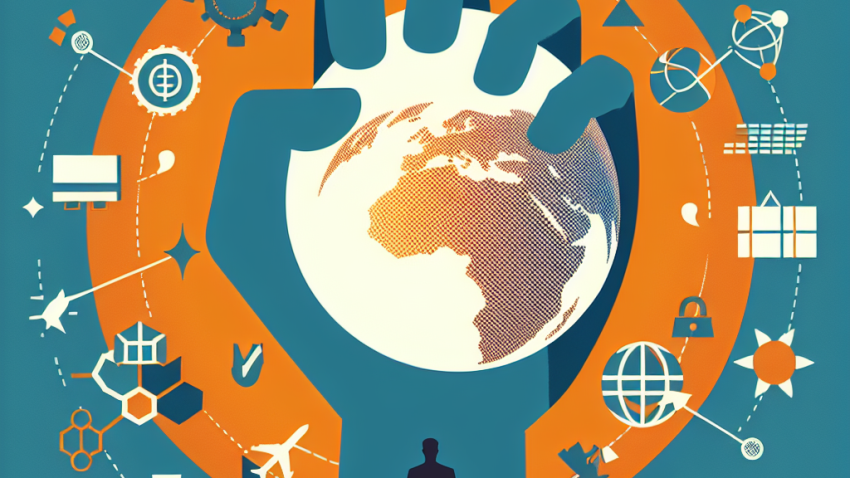
Supply Chain Shockwaves: Why Geopolitics Beats Algorithms
The Return of Inflation? Understanding Today’s Global Economic Pulse
Gather round, dear reader, and let us take an unflinching look at a topic that once belonged to economic textbooks and dusty conference room slides, but now commands front-page headlines: inflation. From Wall Street to the backstreets of Buenos Aires, the ghost of rising prices has returned from hibernation, and the informed investor would do well to listen. Is it here to stay? Is it transitory? Or are we witnessing the first spark in a long chain of macroeconomic consequences?
My name is Dr. Alistair P. Whitmore, your steadfast guide through the thrilling terrain of global markets and macroeconomic riddles. Equipped with well-oiled skepticism and a stubborn preference for facts over fluff, let’s dissect inflation’s origins, explore its real impact, and understand what’s driving this renewed global phenomenon.
What Is Inflation, Really?
Let’s start with the basics—because, as I remind my Oxford students, clarity is the mother of foresight. Inflation is the rise in the general price level of goods and services over a period of time. It erodes purchasing power—meaning that over time, your dollar, pound, or rupee buys less. Central banks typically aim for a “goldilocks” inflation rate: not too high, not too low. Most hover around 2% annually as a target.
However, inflation over 4%, especially if sustained, begins to agitate markets and policy makers. Above 10%, and you’re entering economic headache territory. Beyond 20%? Welcome to nightmare fuel—a scenario no well-balanced economy wishes to entertain.
Global Factors Behind the Inflation Resurgence
The pandemic might be in our rearview mirror, but its economic aftershocks are riding shotgun. Let’s examine the key culprits behind the recent inflation surge worldwide:
1. Supply Chain Bottlenecks
To fully appreciate inflation today, one must think like a container ship—slow, critical, and prone to disruption. When these ships got stuck (literally and metaphorically), global trade took a beating. Semiconductor shortages alone sent ripples through everything from smartphone prices to automobile production.
2. Loose Monetary Policy
From the Federal Reserve to the European Central Bank, central banks responded to COVID-19 with historically low interest rates and stimulus galore. Quantitative easing was executed with the eagerness of a magician handing out free rabbits from a hat. Predictably, this flood of liquidity led to increased demand—but supply lagged behind, creating the perfect stage for inflation to swagger in.
3. Energy Prices & Geopolitical Upheaval
The Russian invasion of Ukraine in early 2022 sent oil and gas prices darting skyward. For economies heavily reliant on energy imports, this was not merely a budget nuisance—it was inflationary napalm. Energy is a base input; when it gets dearer, everything from food to transportation follows suit.
4. Labor Market Pressures
In the United States and Western Europe, unemployment plummeted post-pandemic while wage demands surged. Employers, desperate for staff, offered higher pay—rising input costs, meet increasing prices. A classic wage-price spiral emerged, albeit unevenly across sectors.
Inflation: Transitory, Persistent or Structural?
That’s the trillion-dollar question, isn’t it?
- Transitory Inflation: Temporary and expected to fade as supply chains normalize. Most central bankers initially clung to this narrative like a toddler with a teddy bear.
- Persistent Inflation: Longer-lasting due to entrenched factors like labor market tightness or commodity shocks. Markets are increasingly leaning toward this view.
- Structural Inflation: A fundamental change in how prices behave due to deep economic shifts—like deglobalization or demographic changes—leading to permanently higher inflation expectations.
While time will be the ultimate judge, current indicators suggest we’re somewhere between persistent and structural. Wage inflation, energy transmission shocks, and geopolitical uncertainties are not resolving quickly.
The Central Bank Dilemma
Central banks, particularly the Federal Reserve, are caught in a rather Shakespearean quandary: raise interest rates to combat inflation, or keep them steady to avoid choking the recovery and triggering a recession. You see the problem?
As of mid-2024, we’ve already seen a series of substantial rate hikes by the U.S. Federal Reserve, the Bank of England, and others. Some of these hikes have curbed demand, but inflation remains annoyingly stubborn in certain segments—particularly services.
The Lag Effect
Important to remember: monetary policy operates with lags. A rate increase today may not show full effects until six to eighteen months later. So central banks must act with the foresight of a chess grandmaster but without the benefit of a time machine. Not easy.
Implications for Investors and Policymakers
Now to the heart of the matter: what does all this mean for your portfolio, your policymaking, or your general dinner party insights?
- Bonds vs. Equities: In high-inflation environments, bonds lose luster. Equity markets remain volatile, with tech particularly wounded by rising rates.
- Commodities Shine: Gold, oil, and agricultural futures often outperform during inflationary periods. Consider exposure, but beware the speculators’ fever.
- Currency Volatility: Countries with high inflation and weak fiscal discipline see their currencies punished. Emerging markets with dollar-denominated debt struggle significantly.
- Policy Tightrope: Governments face voter backlash while slashing spending or raising taxes. Expect more populist pressure and fiscal acrobatics.
Risk of Stagflation
Another specter looms: stagflation—the ugly cousin of healthy growth and stable prices. This occurs when the economy stagnates while inflation stays high. We last saw a full-blown case in the 1970s. If energy shocks persist and productivity fails to keep pace, we may hear this word more often on Bloomberg and less in economic retrospectives.
Closing Thoughts: Vigilance Over Comfort
If you’ve read this far, congratulations—you now know more about the global inflation dynamic than the average talking head on cable news. More importantly, you understand that inflation isn’t just an economic ailment—it’s a structural test of every nation’s fiscal strategy, monetary judgment, and social contract.
Is inflation back? Indisputably. Is it here to stay? Likely. But whether it becomes embedded in our financial bloodstream or remains a cautionary tale depends on the decisions made in boardrooms, parliaments, and central banks in the months ahead.
For now, stay observant, hedge wisely, and never mistake short-term easing for long-term resolution. And should you need a guiding voice on this economic tightrope, you know where to find me.
Until next time, steady hands and sharp minds.
– Dr. Alistair P. Whitmore
For more insights on global markets, visit our About Us page or contact our team for tailored briefings and research support.

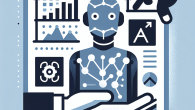
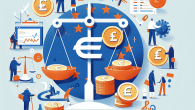
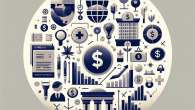


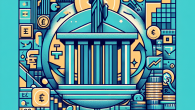

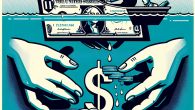
Leave a Reply